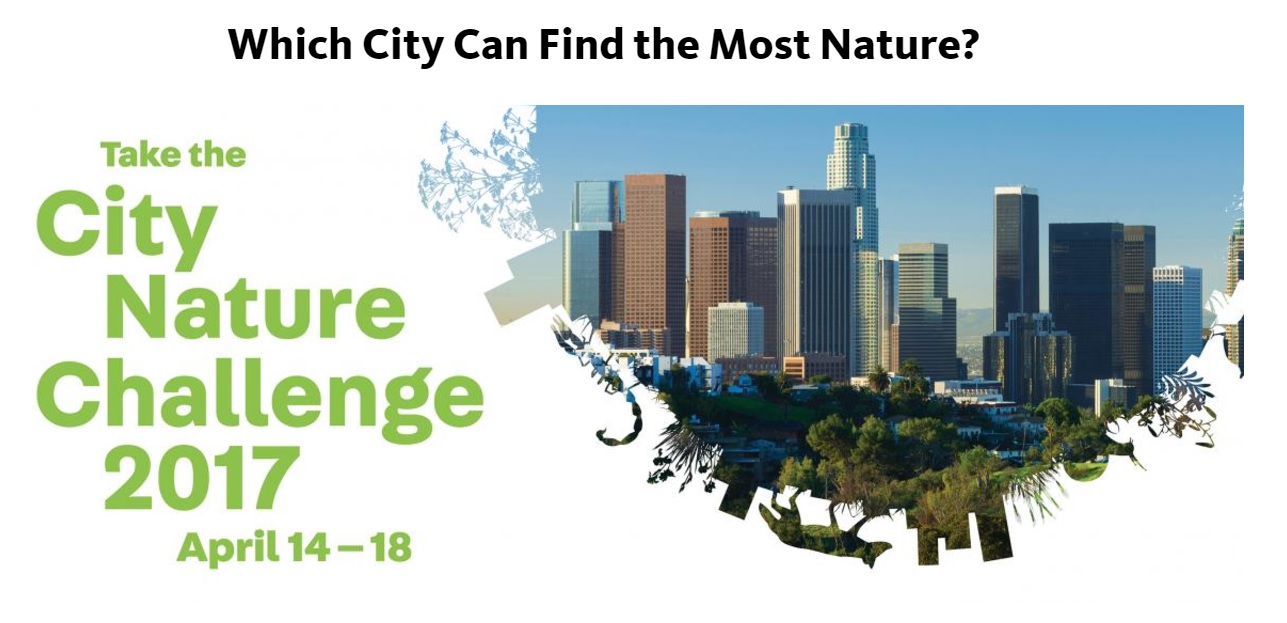Excerpt: (C)itizen science provides a way to question how science is done and who is doing it. Within citizen science, it is important to notice that scientific degrees don’t always translate to leadership. The keynotes speakers were Dr. Marc Edwards (Virgina Tech) & LeeAnne Walters (Coalition for Clean Water). Marc started in an area of research about home water systems and was approached about lead contamination in a case before Flint that got him engaged with community issues. LeeAnne gave a back story of Flint – the change in the water source to the Flint river, leading to a deteriorating quality of water – people getting sick, and having health impacts across the city. This was ignored by the city authorities and the community members were described as liars and stupid. That was the point where she decided to learn about the science – got through a lot of learning about water distribution system. In April 2015 in interaction with professionals, she pointed that “I’m not a scientist, but I am trying to be” and with EPA being shocked about the results from the water. They started to work with Marc in 2015 and when they put the report in that year the EPA apologized to the city authorities about releasing information to the public. In late 2015 they did a city-wide study in 2015 with NSF funding to carry out a 300 houses studies across the city.
Source: Haklay, M., 2017. Citizen Science 2017 – Day 1 (Morning): Flint Water Study, EPA use of citizen science and engagement, 19 May. Available at https://povesham.wordpress.com/2017/05/19/citizen-science-2017-day-1-morning-flint-water-study-epa-use-of-citizen-science-and-engagement/[Last accessed 5 June 2017].
